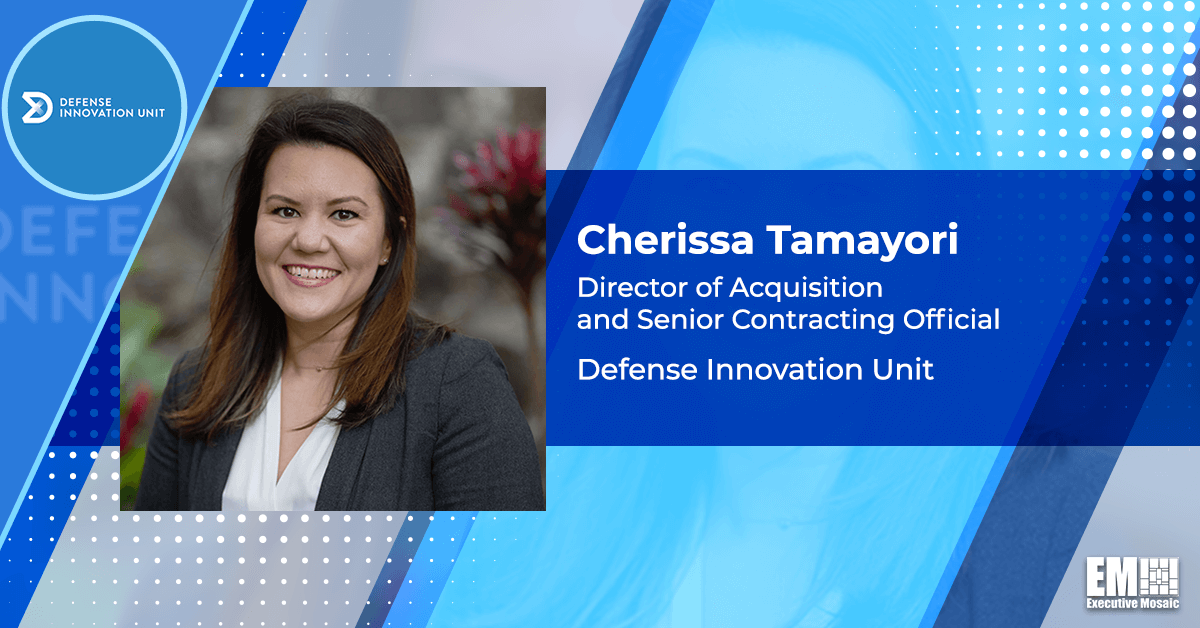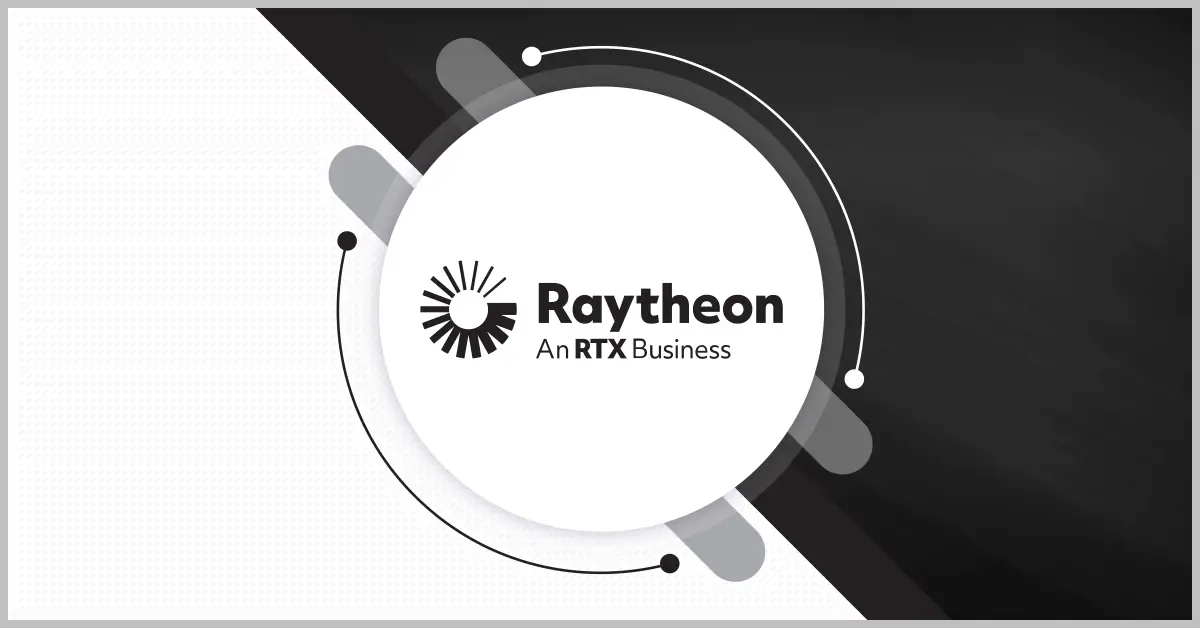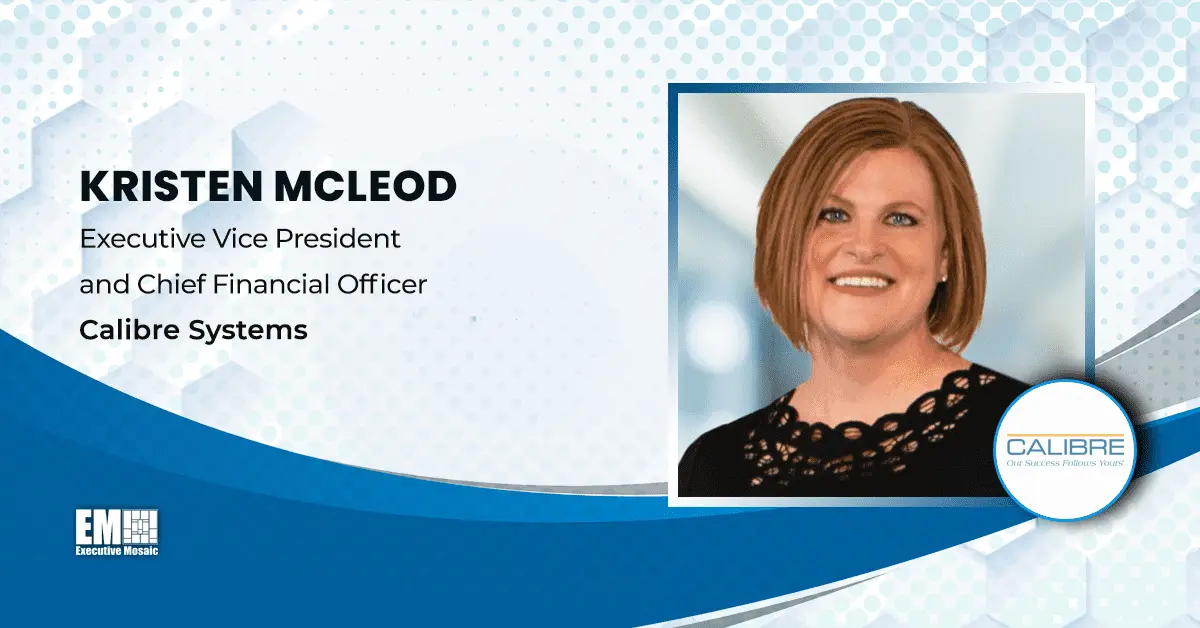It is fairly common knowledge that the defense industry has historically lagged behind the technological progress of the private sector. This is largely due to the intentional stance of allowing citizens to be the first adopters of new technologies while those in the defense sphere take a “wait and see” approach. This strategy ensures that a tool is tested and usable before service people are equipped with the technology and sent into a potentially consequential conflict scenario.
According to Cherissa Tamayori, director of acquisition and senior contracting official at the U.S. Department of Defense’s Defense Innovation Unit, organizations such as her own are still trying to determine the best way to integrate “novel commercial technologies into major systems.”
A central tactic Tamayori and her team have plotted their efforts around is the ‘fast follower’ methodology. This game plan implicitly acknowledges that the defense industry is not the main force in charge of creating and debuting the most innovative technologies and thus needs to actively and quickly procure newly available commercial inventions, sorting them into “organizational homes.”
“We need to procure solutions, instead of requirements. We need to employ acquisition best practices, flexible contracting methods and then we also need to adjust the budget,” Tamayori remarked during her closing keynote address at GovCon Wire’s 3rd Annual Defense Digital Acquisition and Innovation Forum.
Tamayori outlined how the prototyping-centric DIU has currently shifted to a problem statement-based model that avoids issuing requirements. The relatively compact team of specialists that comprise the DIU begins by launching a rigorous review process, carefully assessing and amassing activities or problem areas that need technological solutions and looking at, if certain technologies are acquired or selected, how they might fit into a larger process chain or “relay race.”
“We need to make sure that we identify who is the requiring activity, who’s going to be procuring this after us, who’s going to be procuring the production quantities of this, do we have funding aligned and make sure all of those things are aligned and, honestly, that we’re all sprinting at the same time,” Tamayori elaborated.
If an option clears these hurdles and is deemed feasible, a problem statement is issued and left open for submissions for roughly two weeks, at which point contracting companies submit either a five-page white paper or a 15-page slide deck that lays out their ideas and capabilities. In this stage, Tamayori and her cohort are attempting to reach as many “nontraditional defense contractors” and vendors as possible, in order to gauge the full breadth of products they can choose from.
The DIU, Tamayori says, is eager to work alongside the entity to whom they will be delivering the prototype throughout the review and problem statement process “so that way when the prototype project is completed, and if it’s successful, we can easily pass the baton to an organization that has been with us throughout the whole process…and they can quickly scale the technology to their force.”
Tamayori notes that the DOD’s acquisition processes were not initially constructed to handle and scale commercial technologies, but rather, mainly “defense specific platforms” such as aircraft carriers and major weapon systems. But, since the private sector has emerged as a leader in developing tools in the areas of artificial intelligence and machine learning, cyber, energy, space and more, it is the government’s job to adapt.
Right now, the DOD and specifically the DIU is attempting to improve their outreach to commercial companies, which Tamayori feels has been lacking in the past. Companies have, in the executive’s view, been stymied by an overbearing sense of bureaucracy that has caused a barrier to entry. However, she is confident that through new approaches such as ‘fast follower’ and welcoming submissions to problem statements, they are on the right track toward nurturing a healthy collaboration with industry.
“We really need to meet companies halfway—still maintaining government’s interests, but there are ways that we can be more flexible and be a better and more attractive partner to industry,” Tamayori stated.







